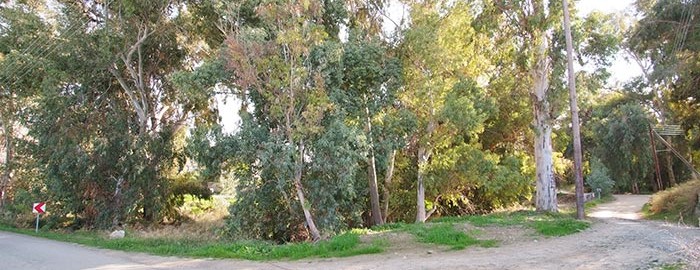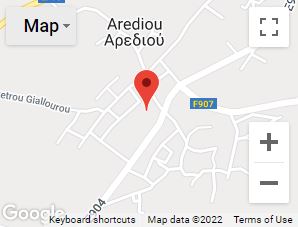
Strolling around the Community one encounters grain, vegetable, fruit tree and olive cultivations, as well as two million square metres of uncultivated land.
A special place in the unique scenery of Arediou is held by olive trees, which in fact cover one million square metres of land. The thick trunks of the olive trees, as Karouzis observes, prove their long presence in the Community.
Contrary to olive cultivations which flourish in the Community (More: Olive Cultivation), viticulture has been abandoned for approximately 30 years now.
Also of particular beauty, which adds to the beauty of the scenery, are the eucalyptus trees found along the stream beds and which, according to Karouzis, are dated back to the early years of the British occupation of Cyprus.
From a geological perspective, the area is dominated by a type of rock called marl. In particular, Karouzis states that “the marl, this geological rock which is abundant across the administrative expanse of the village, contains several shells which reveal how these rocks and more specifically how the area of Arediou was created”* (p.170).
Finally, as far as the fauna of Arediou is concerned, this presents the general characteristics of the wider area.
Sources:
Giorgos Karouzis, Strolling Around Cyprus, Nicosia, City and District, Nicosia 2001, pp.170-172
Arediou Community Council











